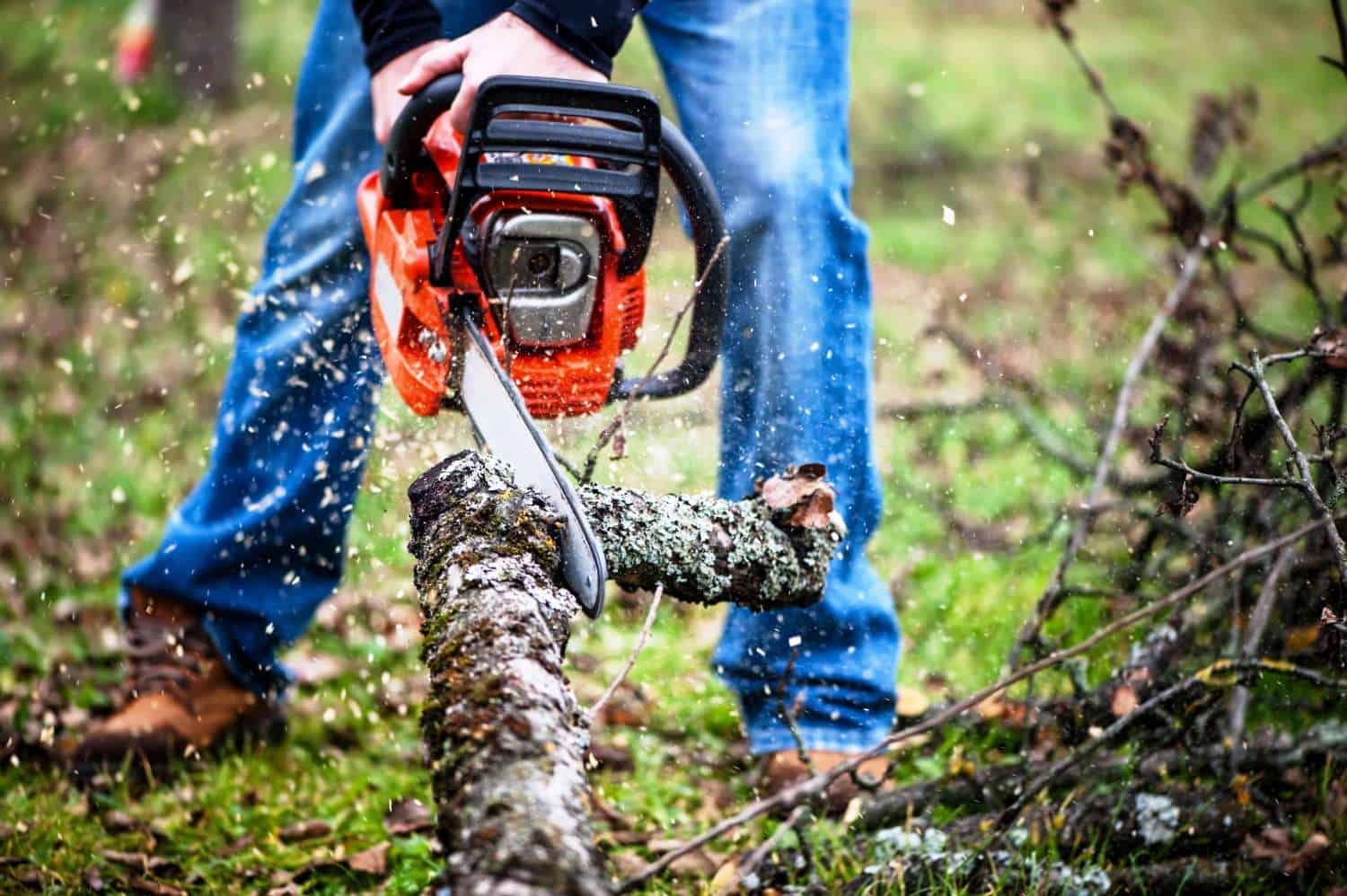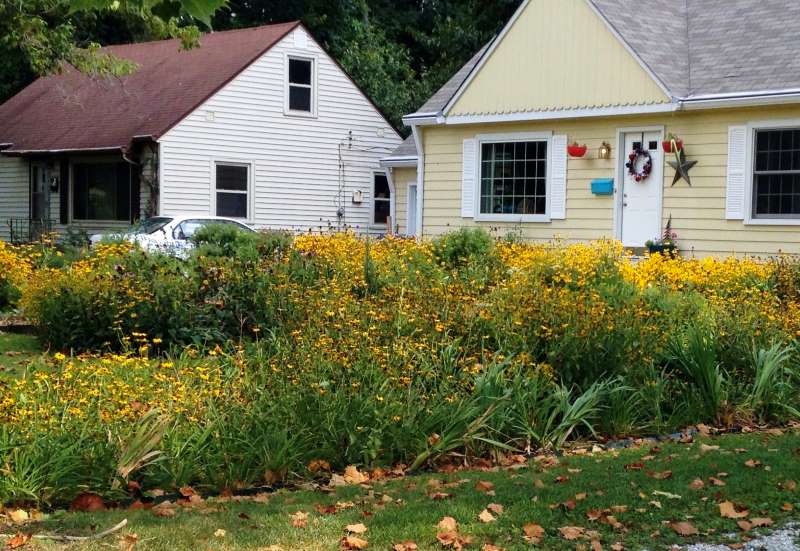
The end of the growing season doesn’t mean the job of the gardener or homeowner is done. Not when there are overgrown trees to trim and volunteer plants to remove. And that’s just the beginning. The annual flowers and spent vegetables need to be pulled from the garden and the growing containers. Fallen leaves need to be mowed, composted or raked.
But that’s just the beginning. Those black-eyed Susans have traveled from one sunny spot to five. The ninebark shrub grew so much this summer that its branches now crowd the sidewalk.
Over the last few years, you’ve noticed there are fewer flowers on the daylilies. And, then you remember the co-worker who couldn’t find your house because the shrubs hide the front door and address.
It’s time to walk the yard and determine what’s working and what’s not. It’s time for tough love in the landscape.
Overgrown trees
Some plants have gotten too big for their borders, so to speak. Overgrown trees and shrubs fit into this category. Over the years, these plants begin to encroach into human spaces– such as the sidewalk, driveway, patio, deck or house.

You need to decide if an overgrown tree can be trimmed to fit the available space. If overgrown trees impede the neighbor’s driveway, sidewalk or other space even after they have been pruned, it’s time for tough love in the landscape. A tree or shrub that’s simply too big for the space probably needs to be removed.
But what if it’s a plant or color you just can’t live without? Look for a smaller version. This is where the “Right Plant-Right Place” mantra comes into play. Know the dimensions of the available space in your yard. Then select a plant that will not exceed those dimensions even when it reaches mature size.
Removing volunteer plants
Some plants just don’t know when to stop. The perennial black-eyed Susan (Rudbeckia spp.) is a good example. If you’ve ever grown this lovely perennial, you know it has self-proclaimed right to sow itself wherever it wants to grow.

The annual spider flower (Cleome spp.), especially the popular old-fashion seed varieties favored by cut-flower gardeners, self sows like there’s no tomorrow.
When this happens, it takes some tough love to pull these plant progenies from the landscape. Dig them up and compost them. Of course, you can share the perennials. But either way, rein in these self-sowing flower machines to a single spot or two in the yard. Fill in the empty spaces with something less prolific.
More tough love in the landscape
There’s one thing about shrubs and houses. The shrubs keep growing while the houses stay the same size. After a couple of decades, the sizes of the shrubs are out of proportion to the houses.
Shrubs such as yews and arborvitae begin to shroud your home’s windows and doors. At the same time, they darken the indoors by blocking natural light.
When shrubs get too big, it’s time for tough love in the landscape. The best solution to keep things in the appropriate scale is to pull the offending plants from the yard. Replace them with new, size-appropriate shrubs. You’ll be amazed at the fresh look your property will have. Fill in some of the extra spaces with fall-planted bulbs that flower in the spring.
Too much shade
As you evaluate your plants, you may realize that some perennials and flowering shrubs have stopped blooming, or they have fewer flowers. Take a look at how much shade they are in.
Chances are, when the flowering plants were planted, the neighboring trees and shrubs were smaller. A lot smaller. As the trees and shrubs grew to become overgrown trees and shrubs, they created more shade. Probably too much shade for flowering plants.
Consider replacing the flowering plants with those that tolerate more shade. Or hire a certified arborist to thin out the trees to allow more light to the ground. For more fall gardening tasks, read how Great Tools Make Fall Yard Cleanup Easier.



Leave a Reply